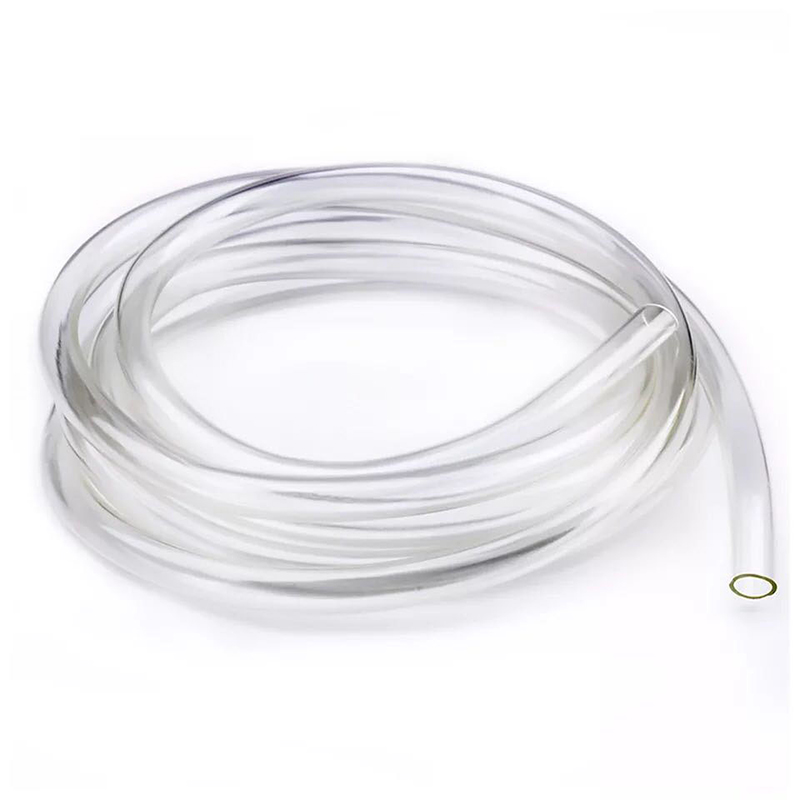LPG Hose and Regulator for Safe and Efficient Gas Connection
Understanding LPG Hose with Regulator Essential Components for Safe Gas Connection
Liquefied Petroleum Gas (LPG) is widely used for heating, cooking, and powering various appliances. Its efficiency and versatility have made it a popular choice for both residential and commercial applications. However, to ensure safe and reliable usage, it is crucial to have the right components in place, particularly the LPG hose and regulator. In this article, we will explore the importance of these components and what to consider when using them.
What is an LPG Hose?
An LPG hose is a flexible tube designed to transport liquefied petroleum gas from a storage tank or cylinder to an appliance, such as a stove or heater. These hoses are specifically manufactured to withstand high pressure and extreme temperatures associated with gas usage, ensuring safe and efficient transportation. To ensure reliability, LPG hoses are generally made from materials that are resistant to aging, abrasion, and other forms of degradation.
The Role of an LPG Regulator
An LPG regulator is a critical device that controls the pressure of gas coming from the storage cylinder before it reaches an appliance. LPG is stored under high pressure, and the regulator ensures that the gas is delivered at a consistent, safe pressure suitable for the appliance in use. This is crucial because different appliances require specific pressure levels for optimal operation. Without a regulator, the high pressure could damage the appliance or pose safety risks.
Why Proper Connection is Important
Connecting the LPG hose to the regulator and the appliance must be done correctly to prevent leaks, which can cause serious safety hazards. A gas leak can lead to fire explosions, health issues from inhalation of gas, and environmental harm. Therefore, using properly rated hoses and regulators that comply with safety standards is essential for mitigating these risks.
Selecting the Right LPG Hose and Regulator
When choosing an LPG hose, consider the following factors
1. Material Quality Look for hoses made from high-quality, durable materials that can withstand the effects of LPG. Common materials include rubber and thermoplastic. 2. Pressure Rating Ensure that the hose has a pressure rating suitable for your application. Typically, hoses are rated for low, medium, or high pressure.
lpg hose with regulator

3. Length and Diameter The length of the hose should be sufficient to connect the gas source to the appliance without excessive tension or bending. The diameter must be compatible with the fittings of both the regulator and the appliance.
4. Certification Always opt for hoses that meet local and international safety standards. Regulatory compliance ensures that the product has been tested for safety and performance.
For the regulator, consider
1. Type Different regulators are available for various applications, such as high-pressure or low-pressure use. Choose one that fits your specific needs.
2. Flow Rate Ensure that the regulator can accommodate the required flow rate for your appliance. This ensures optimal performance.
3. Adjustability Some regulators have adjustable pressure settings, allowing for flexibility in usage. This can be advantageous when using multiple appliances with different pressure requirements.
Installation and Maintenance
It is highly recommended to have a qualified technician install the LPG hose and regulator. Proper installation is crucial for safety and efficiency. Regular maintenance checks should also be conducted to inspect for signs of wear and tear, corrosion, or potential leaks. Using soapy water to check for leaks at connections can be an effective and simple method to ensure safety.
Conclusion
In conclusion, the LPG hose and regulator are integral components of any LPG system. Their proper selection, installation, and maintenance are vital for safe and efficient use of liquefied petroleum gas. By paying attention to quality, compatibility, and safety standards, users can significantly reduce the risks associated with gas appliances and enjoy the benefits of LPG in their daily lives. Always remember, prioritizing safety will always pay dividends in the long run.
-
Top Quality Oxy Acetylene Hoses for Sale Fit for Welding DemandsNewsJul.28,2025
-
The Future of Pneumatic Air Tubes in IndustryNewsJul.28,2025
-
Superior and Reliable LPG Hose Pipe Solutions for Every NeedNewsJul.28,2025
-
Exceptionally Durable and Versatile Premium Braided PVC TubingNewsJul.28,2025
-
Best Adapters for Connecting Garden Hose to PVC Pipe ConnectionsNewsJul.28,2025
-
The Essential Role of LPG Hoses in Safe and Efficient Gas DistributionNewsJul.16,2025














